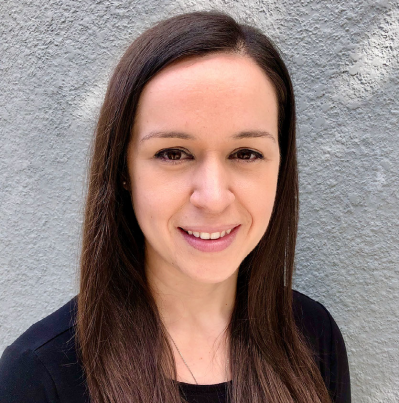
Why Do We Do This? - Figurative Language
February 14, 2022
Why Do We Do This? Series
Figurative Language
Written by: Amanda Blackwell, SLPD, CCC-SLP
In this series, we will explore why we work on specific skills in speech and language therapy. As professionals, we want to make sure that we have clear reasons for selecting and targeting particular speech and language goals that match the academic demands being placed on our students and help them be more autonomous communicators. In dynamic assessment, an essential component of the protocol is to explain to our students the why before attempting to teach a new skill. This is done so that they understand the real-world applications and relevance of what we will learn. This can provide additional intrinsic motivation and enthusiasm when participating in therapy activities to strengthen skills. Knowing the why behind our goals will also help us to explain them to the entire IEP team better and will subsequently increase the likelihood that team members will make an effort to work on the goals in other settings.
While most speech-language pathologists are busy as bees and barely have a spare moment to process why we do things before we hit the sack each night, it’s essential to realize that we’re all in the same boat when it comes to teaching the nuances of figurative language. In their daily conversations with peers and adults, as well as in the books and materials that they read, our students will likely come across several different types of figurative language including symbolism, hyperbole, similes, metaphors, and personification, among others. When words and phrases go beyond their literal meaning, it can be helpful to break them down to better understand them and then teach creative ways that we can incorporate them into our creative expressions of language.
Phrases involving symbolism, like a dove meant to represent peace or an owl representing wisdom, require that a reader/listener understand the connection between the two situations. **Hyperboles **in our speech can help to illustrate the urgency or dramatic nature of what we are saying. Saying “I have a million things that I have to do in the next hour” is much more dramatic than saying the more accurate, “I have three things to do in the next hour.” In the same way, utilizing **similes ** can convey more feelings and help listeners visualize concepts beyond the words that we are saying. Simply saying that something stinks is not as powerful as saying that something smells like rotten eggs, just as saying that someone looks as snug as a bug in a rug may sound more appealing than saying that someone looks comfortable.
In addition to using figurative language in spoken form, writing can be made richer through the use of figurative language. Descriptions and imagery can be even more powerful and precise with **metaphors **and personification. The sentence, “The snow was white and two feet deep,” could be made even more captivating by adding figurative language: “The snow was white as milk and hugged the entire yard like a big, heavy blanket.” When reading sentences that incorporate figurative language, our minds are better able to imagine what is being described.
We may not realize just how frequently figurative language is used in languages around the world. The contextual and cultural uses of figurative language vary greatly, and phrases that are used in one part of the world may likely not be used in others. In the United States, one might use the phrase, “It’s a small world!” when they run into someone they don’t expect to see or realize that they have a friend in common with the person they have just met. In Spain, that same sentiment can be expressed using the metaphor, “El mundo es un pañuelo.” (The world is a handkerchief). Both sayings are forms of figurative language but are expressed using different references.
We don’t have to move mountains to incorporate figurative language into our therapy sessions. Every little bit of exposure can help our students understand the references that are made in literature and language, and learn to use such literary devices in their own writing and expression if they choose to do so.
About the Author

Dr. Amanda Blackwell has been living and working full-time in Guatemala for nearly 8 years. She completed a clinical doctorate in speech language pathology and started the official professional association for local Guatemalan speech therapists (SomosTLgt), which has offered more than 150 continuing education hours over the past year to its members to strengthen the understanding and implementation of concepts like EBP and AAC in the country. In January 2020, she began working toward a Doctor of Education degree at Murray State University with the goal of opening a university for allied health professions in Guatemala to improve the quality of services across the country. She currently directs the speech therapy departments at FUNDAL (for individuals with deafblindness and multiple disabilities,www.fundal.org.gt) and the Guatemalan Association of Down Syndrome in Guatemala City and Xela (www.downguatemala.org), provides teletherapy services for public school students in the United States, runs an autism education social project for Spanish speakers called LUNA (@lunautismo in Facebook, Instagram and YouTube), and is part of the ASHA-PAHO ad hoc committee for Ecuador. Amanda serves as an adjunct research fellow working with five doctoral students in the SLPD program at Rocky Mountain University of Health Professions in Provo, Utah and will be teaching in the masters of autism studies and masters of speech-language pathology programs as an adjunct professor at Saint Mary’s College in Notre Dame, Indiana beginning in the summer of 2021. Amanda enthusiastically collaborates with SLP Toolkit as a content creator. She is a life-long learner herself and loves providing dynamic trainings on various topics to school districts and SLPs around the world.



